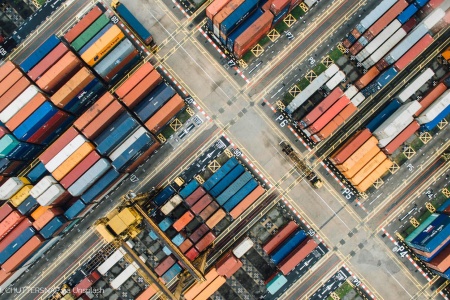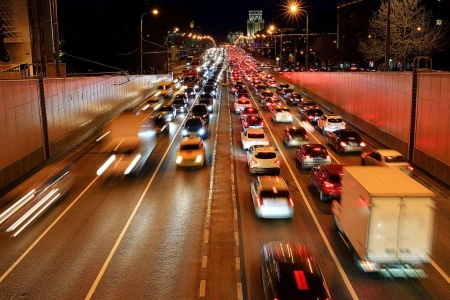
McDonald’s has pledged to slash greenhouse gas emissions – it’s charting a course for sustainable growth
20th Mar 2018
This week, McDonald’s became the first global restaurant company to set an emissions reduction target in line with what the science says is needed to hold global temperature rise below two degrees Celsius.
Under its newly approved science-based target, McDonald’s commits to work in partnership with its franchisees to reduce absolute GHG emissions related to its restaurants and offices by 36% by 2030 from 2015 levels. It also plans to work across its supply chain to drive down its emissions intensity (per metric ton of food and packaging) by 31% from a 2015 base year.
McDonald’s estimates that this is equivalent to taking 32 million passenger cars off the road for an entire year – or planting nearly four billion trees and growing them for ten years. For a company that serves meals to 69 million people a day, this has the potential to have a global impact and to raise the bar for the entire sector.
So why did McDonald’s choose a science-based target?
The new target will lay out a clear roadmap for action, providing the company with a competitive advantage in the transition to the low-carbon economy and helping to ensure the company does its fair share of the climate action we need if we are to meet the Paris Agreement’s aim to keep global temperature rise below two degrees Celsius.
By joining the 93 other companies worldwide with approved science-based targets, and the 356 that have made a formal commitment to do so, McDonald’s is strengthening a growing movement working toward scaling up solutions to our planet’s climate crisis.
Turning sustainable ambitions into reality
Now McDonald’s must turn its pledge into real action. To do this, it aims to build on existing sustainability strategies and prioritize action on the main sources of emissions: restaurant energy use and packaging waste, and beef production. Together they make up 64% of the company’s global emissions.
Collaboration is at the heart of McDonald’s approach. Around the world, over 90% of its restaurants are owned and run by independent business people. Making progress on cutting carbon means working collectively with suppliers, restaurant owners and employees for a collective solution.
In the U.S., for example, the company has taken steps to roll out energy efficiency programs like installing LEDs and high-efficiency hand dryers. These actions have reduced electricity consumption in its new US restaurant designs by nearly 17%.
And McDonald’s France has cut greenhouse gas emissions per customer by over 40% by a series of energy-related initiatives, including purchasing certificates guaranteeing renewable electricity sourcing.
Packaging forms another piece of the sustainability jigsaw. McDonald’s has committed to source all its customers’ packaging from renewable, recycled or certified sources by 2025 – and all McDonald’s restaurants are set to offer recycling of customer packaging after use.
Driving change across the supply chain
Global supply chains are notoriously complex. But McDonald’s aims to work with its suppliers to identify practical solutions to reduce greenhouse gas emissions and bring them to scale, and to chart a path for its franchisees, supply chain, customers and the environment.
Beef is one of the world’s largest sources of greenhouse gas emissions, and as a burger company, working in partnership with the beef industry will be a crucial component for McDonald’s success.
For example, in the UK, it has set up sustainable beef clubs, and has successfully cut emissions on some cattle farms by almost a quarter, while at the same time looking to improve the production process.
The restaurant chain aims to build on existing work on forests and agriculture, partnering with its supply chain to invest in programs that help produce its food without increasing greenhouse gas emissions.
Building a sustainable business
What is driving McDonald’s sustainability efforts? Rachael Sherman, Director, Global Sustainability, knows that climate action is part of the long-term plan for the business. “This is all part of building a better McDonald’s,” she says, “and as a global brand we are looking forward to working with our system and external stakeholders to lead toward expanding sustainable practices for the business and future generations.”
The company’s sustainability projects already show there are opportunities to cut emissions that can be good for business and the planet. Whether that’s increasing farmers’ income by improving the quality of its product, or cutting overhead costs at McDonald’s restaurants through energy efficiency measures, these actions are driving progress.
Over the next few years it will build on this momentum, identifying practical ways to reduce greenhouse gas emissions that can be adopted at scale. And its science-based target will provide the touchstone for measuring its progress rigorously and transparently.
Latest News
View News


